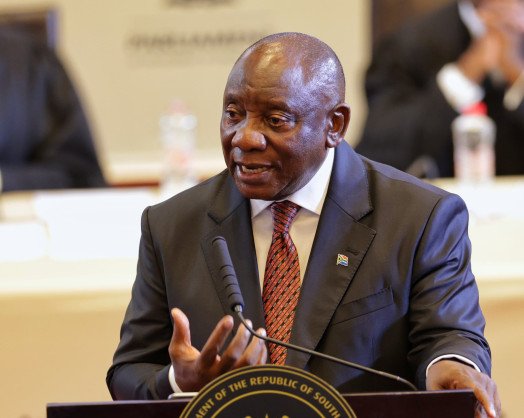South Africa’s energy sector is entering a new phase of reform, with President Cyril Ramaphosa positioning the recently enacted Electricity Regulation Amendment Act as a transformative step toward ending load shedding and ensuring long-term energy security. In his 2025 State of the Nation Address, Ramaphosa underscored the Act’s role in restructuring the country’s electricity market, allowing greater private sector participation and competition in power generation.
The Electricity Regulation Amendment Act, which came into effect on January 1, 2025, sets the foundation for an open electricity market, where multiple entities can generate and sell power. This marks a decisive shift away from Eskom’s historic monopoly, enabling independent power producers to compete, drive efficiency and accelerate energy diversification. President Ramaphosa has emphasized that the Act will not only expand generation capacity, but also mobilize private sector investment in critical infrastructure such as transmission networks, which have long suffered from underinvestment and aging equipment.
The government’s broader Energy Action Plan, launched to address the electricity crisis, has already led to a notable reduction in load shedding over the past year. Investments in strengthening South Africa’s transmission infrastructure are underway to ensure that additional renewable energy projects can be integrated into the grid. Efforts to improve the performance of Eskom’s coal plants have been ramped up, with maintenance programs extending the lifespan of key power stations.
Meanwhile, more than 5,000 MW of renewable capacity has been procured through the Renewable Energy Independent Power Producer Procurement Program, with new solar and wind projects expected to come online in the coming months. Moreover, JUWI recently announced $320 million to develop three solar projects totaling 340 MW in 2025, while Eskom reconnected the second unit of the Koeberg nuclear power plant to boost supply. Large-scale battery energy storage systems are also being rolled out to enhance grid stability – with AMEA Power developing the Gainfar and Boitekong projects of 300 MW each – while gas-to-power solutions are being explored to provide flexible backup capacity.
As South Africa undergoes this market transformation, the upcoming Africa Energy Week (AEW): Invest in African Energies 2025 conference will serve as a crucial platform for engaging investors, policymakers and industry leaders on the country’s energy future. AEW, scheduled for September 29-October 3 in Cape Town, will focus on attracting private capital for energy infrastructure, showcasing opportunities in renewables, natural gas and critical power transmission projects.
With South Africa working to unlock $13 billion in climate finance for its Just Energy Transition, AEW will also provide a forum to discuss strategies for balancing decarbonization with energy security and economic growth. Beyond the domestic landscape, South Africa’s energy transition will shape its role as a regional power supplier. With improved electricity infrastructure, the country could enhance its ability to export power to neighboring nations, further solidifying its position as a key energy player in Africa. As the country moves toward a more sustainable and investor-friendly energy framework, the upcoming months will be critical in determining whether South Africa can finally put the era of load shedding behind it.
AEW: Invest in African Energy is the platform of choice for project operators, financiers, technology providers and government, and has emerged as the official place to sign deals in African energy. Visit www.AECWeek.com for more information about this exciting event.
Distributed by APO Group on behalf of African Energy Chamber.

